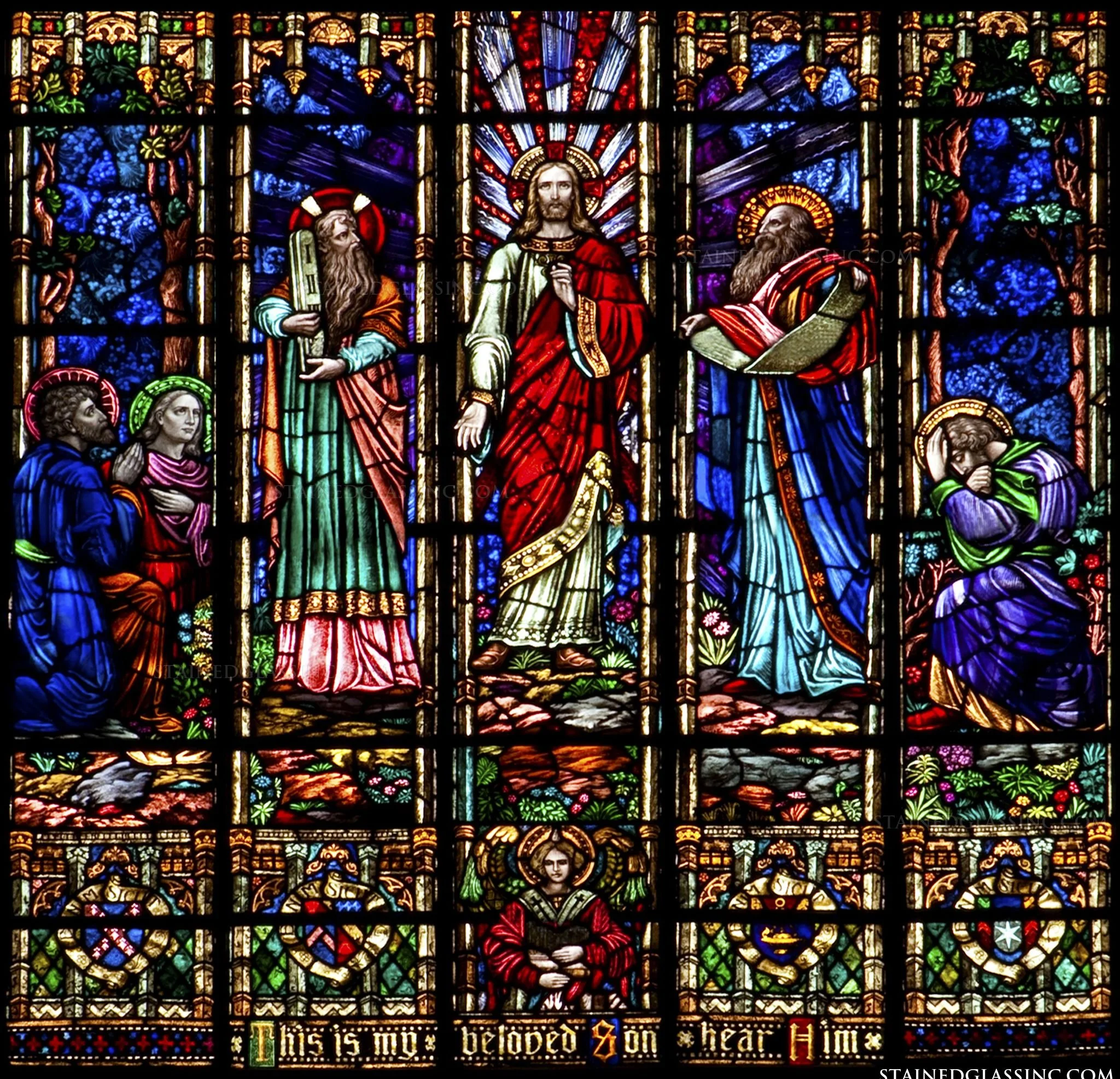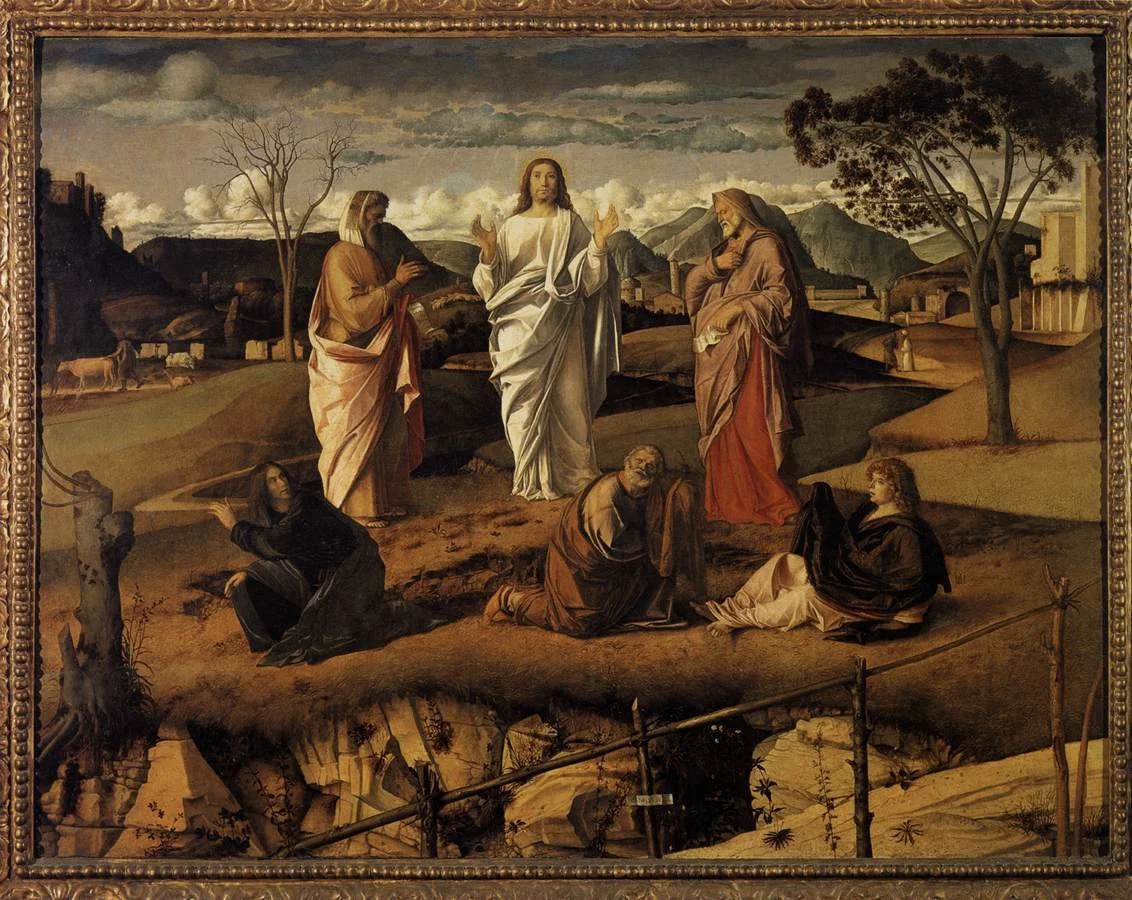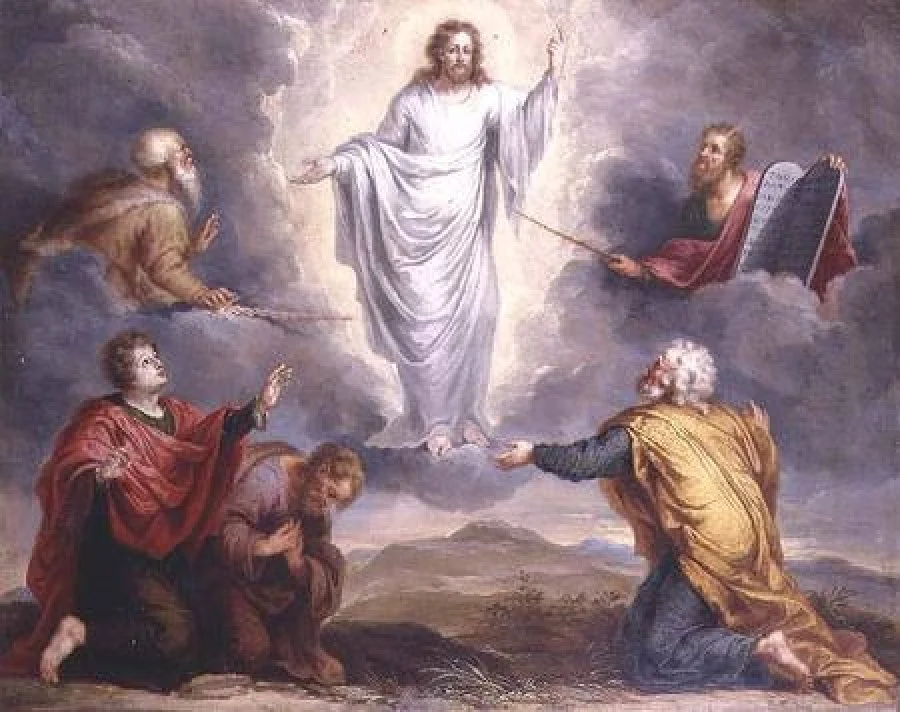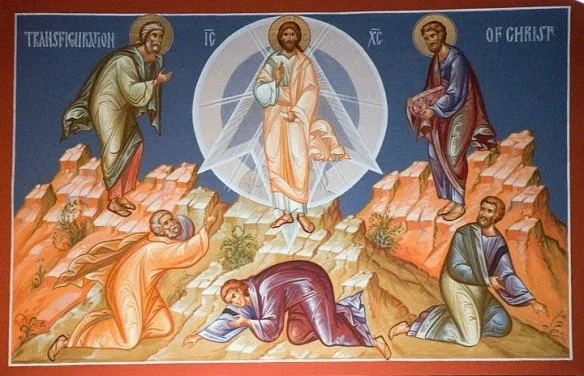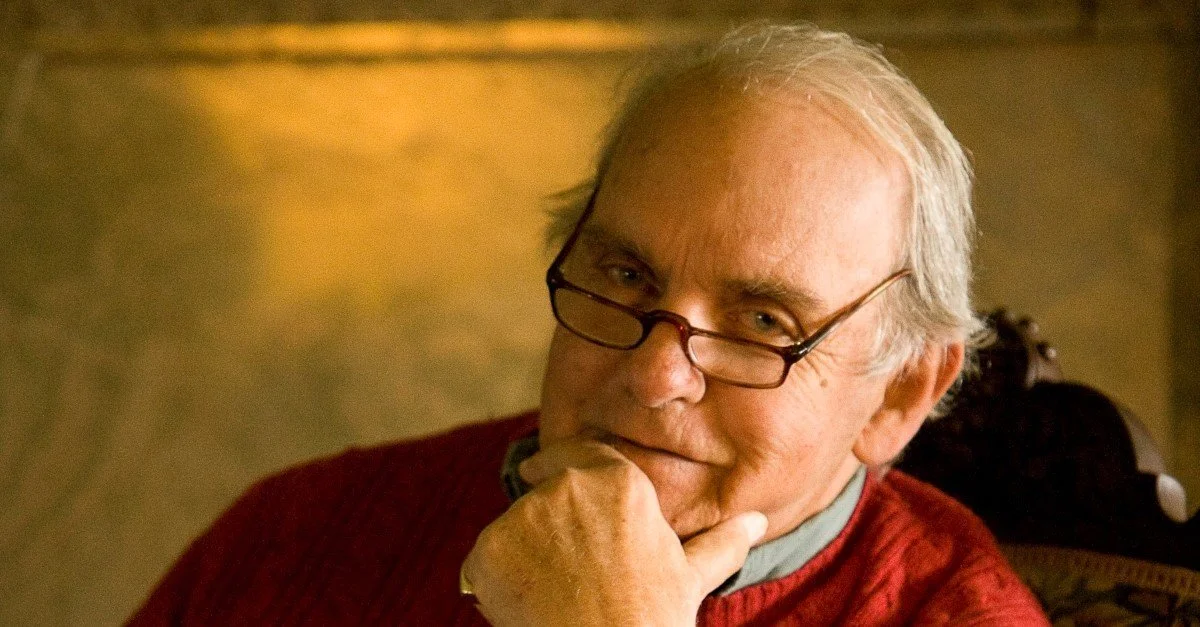“How is your heart?”
“In many Muslim cultures, when you want to ask others how they’re doing, you ask in Arabic, ‘How is your haal?’ In reality, we ask, ‘How is your heart doing at this very moment, at this breath?’ Tell me you’re more than just a machine checking off items from your to-do list. Put your hand on my arm, look me in the eye, and connect with me for one second. Tell me something about your heart, and awaken my heart.”—Omid Safi in On Being with Krista Tippett (9/16/2017).
Omid Safi, Director of Duke University Islamic Studies Center, once wrote a Thursday column for On Being. He is teaching us to be more intentional about relationships, rather than simply making lists and completing tasks and assignments.
For example, my usual greeting when starting a conversation is, “How are you doing?” The word doing implies that I am interested in what you are doing, while I actually want to know how you are being—how we can stay connected in this relationship and learn to live together as humans being rather than humans doing.
Now, I try to say, “How is your heart?” That introduction always draws us more quickly into the relationship we are seeking. Being implies that we live in the present moment, and it is in the present moment where we connect to each other and God. Our experience of keeping eye contact also grounds us in the present. If I visit someone who is ill, I also ask permission to hold their hand. Making physical contact can also bring us to the present moment.
We can also transfer this understanding of our relationship with each other to our connection to God. Instead of starting our prayers with our to-do list for God and expecting God to give us a to-do list, can we open prayers with “God, how is your heart? Show me your heart and open up my heart to you.”




